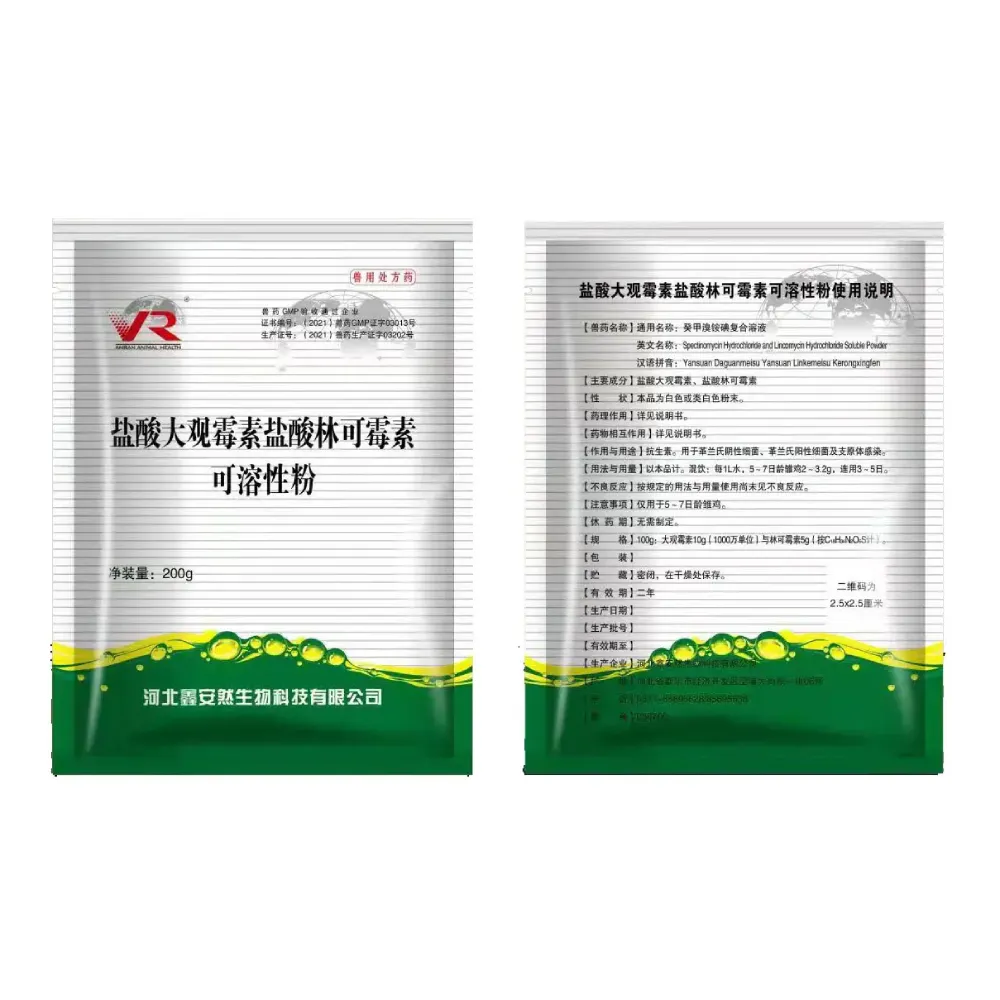- Afrikaans
- Albanian
- Amharic
- Arabic
- Armenian
- Azerbaijani
- Basque
- Belarusian
- Bengali
- Bosnian
- Bulgarian
- Catalan
- Cebuano
- Corsican
- Croatian
- Czech
- Danish
- Dutch
- English
- Esperanto
- Estonian
- Finnish
- French
- Frisian
- Galician
- Georgian
- German
- Greek
- Gujarati
- Haitian Creole
- hausa
- hawaiian
- Hebrew
- Hindi
- Miao
- Hungarian
- Icelandic
- igbo
- Indonesian
- irish
- Italian
- Japanese
- Javanese
- Kannada
- kazakh
- Khmer
- Rwandese
- Korean
- Kurdish
- Kyrgyz
- Lao
- Latin
- Latvian
- Lithuanian
- Luxembourgish
- Macedonian
- Malgashi
- Malay
- Malayalam
- Maltese
- Maori
- Marathi
- Mongolian
- Myanmar
- Nepali
- Norwegian
- Norwegian
- Occitan
- Pashto
- Persian
- Polish
- Portuguese
- Punjabi
- Romanian
- Russian
- Samoan
- Scottish Gaelic
- Serbian
- Sesotho
- Shona
- Sindhi
- Sinhala
- Slovak
- Slovenian
- Somali
- Spanish
- Sundanese
- Swahili
- Swedish
- Tagalog
- Tajik
- Tamil
- Tatar
- Telugu
- Thai
- Turkish
- Turkmen
- Ukrainian
- Urdu
- Uighur
- Uzbek
- Vietnamese
- Welsh
- Bantu
- Yiddish
- Yoruba
- Zulu
Dec . 11, 2024 10:05 Back to list
The Benefits of Paracetamol as a Pain Reliever and Fever Reducer
Paracetamol A Common Antipyretic and Analgesic
Paracetamol, also known as acetaminophen, is a widely used medication that serves as both an antipyretic and analgesic. It is one of the most frequently prescribed drugs globally and is found in many over-the-counter formulations. Its popularity can be attributed to its effectiveness, safety profile, and relatively low risk of side effects when used appropriately.
Mechanism of Action
Paracetamol’s exact mechanism of action is not entirely understood. However, it is believed to work primarily in the central nervous system (CNS). Paracetamol inhibits the enzyme cyclooxygenase (COX), particularly COX-2, which is involved in the conversion of arachidonic acid to prostaglandins—compounds associated with inflammation, pain, and fever. While NSAIDs (non-steroidal anti-inflammatory drugs) also inhibit COX enzymes, paracetamol does so with minimal anti-inflammatory effects, which is why it is not classified as an NSAID.
Antipyretic Properties
One of the key uses of paracetamol is to reduce fever. It is effective in lowering body temperature during instances of fever caused by infections or other medical conditions. Fever is a natural defense mechanism of the body in response to infection, but high temperatures can be harmful, especially in vulnerable populations like young children and the elderly. Paracetamol acts on the hypothalamic heat-regulating center, promoting vasodilation and sweating, which helps to cool the body.
Because of its effectiveness and safety, paracetamol is commonly administered to children experiencing fever. It is available in various forms, including syrups, suppositories, and tablets, allowing for flexible dosing. However, it is crucial to follow the recommended dosage to avoid potential liver damage, which can occur with excessive intake.
Analgesic Properties
paracetamol antipyretic and analgesic uses

Paracetamol is also widely recognized for its pain-relieving capabilities. It is effective in managing mild to moderate pain, making it a common choice for headaches, muscle aches, arthritis, toothaches, and even pain following surgeries. Paracetamol is often recommended as a first-line treatment due to its favorable safety profile compared to NSAIDs, which can cause gastrointestinal issues or increase the risk of cardiovascular events with long-term use.
The analgesic effectiveness of paracetamol can make it suitable for patients who cannot tolerate NSAIDs due to stomach problems or other contraindications. It is often used in combination with other analgesics or therapeutic agents to enhance pain relief, making it a versatile option in pain management protocols.
Safety and Dosage
While paracetamol is generally safe when used correctly, it is essential to adhere to the recommended dosage guidelines. The maximum daily limit for adults is typically 4,000 mg; however, some health authorities recommend a lower limit of 3,000 mg to reduce the risk of liver toxicity. For children, the dosage is usually based on weight, and it is vital to use age-appropriate formulations.
One of the major concerns with paracetamol use is the potential for overdose. Acute liver failure can occur from consuming excessive amounts, either through accidental overdosing or intentional misuse. Those with existing liver conditions, heavy alcohol users, or certain other health issues must exercise caution and consult healthcare providers before using paracetamol.
Conclusion
Paracetamol has cemented its place as a staple in pain relief and fever management due to its efficacy and safety when used appropriately. Its dual role as an antipyretic and analgesic makes it an invaluable tool in both medical practice and self-care. However, awareness about the correct usage and potential risks associated with overdose is crucial for achieving the best outcomes. With careful attention to dosing, paracetamol can safely provide relief for millions around the world, highlighting the importance of this ubiquitous medication in contemporary healthcare.
-
Guide to Oxytetracycline Injection
NewsMar.27,2025
-
Guide to Colistin Sulphate
NewsMar.27,2025
-
Gentamicin Sulfate: Uses, Price, And Key Information
NewsMar.27,2025
-
Enrofloxacin Injection: Uses, Price, And Supplier Information
NewsMar.27,2025
-
Dexamethasone Sodium Phosphate Injection: Uses, Price, And Key Information
NewsMar.27,2025
-
Albendazole Tablet: Uses, Dosage, Cost, And Key Information
NewsMar.27,2025













